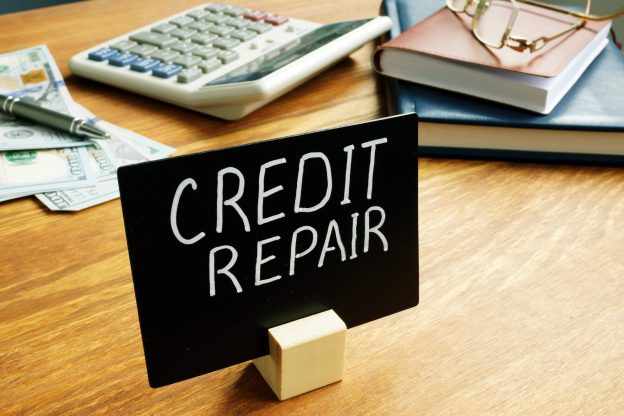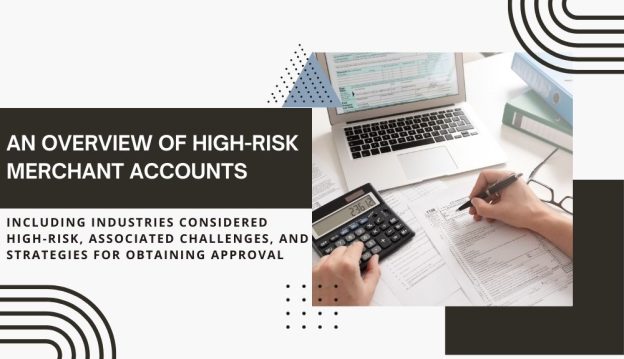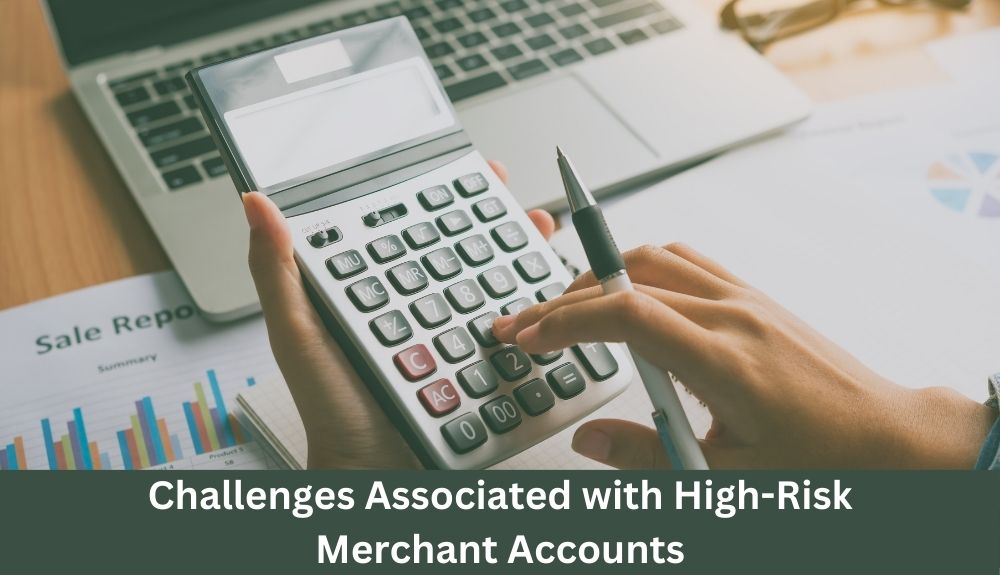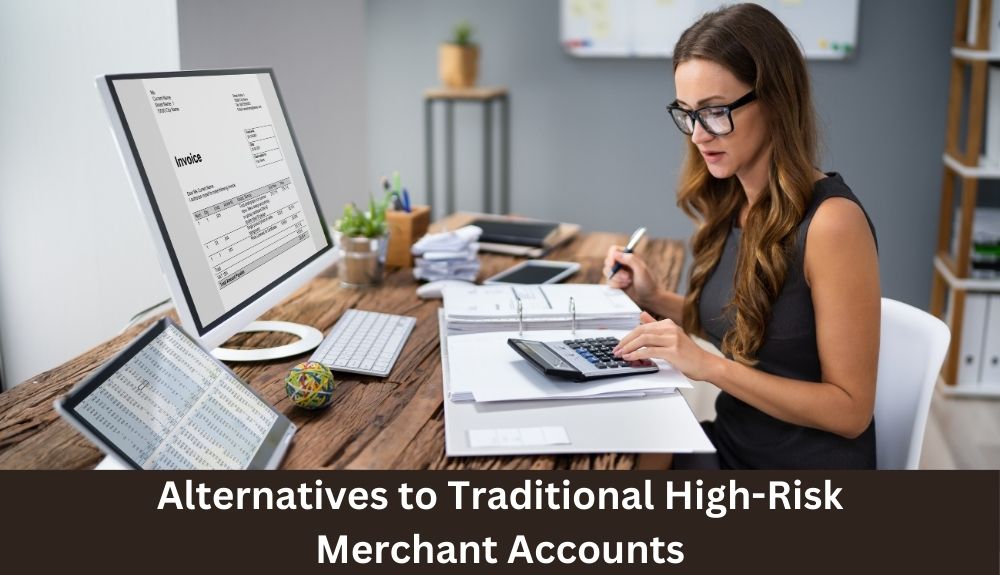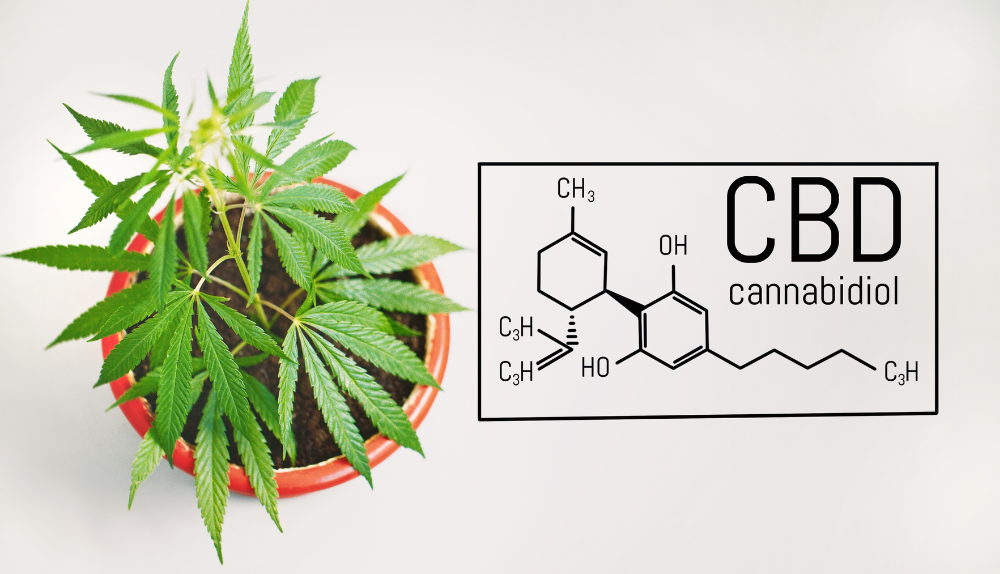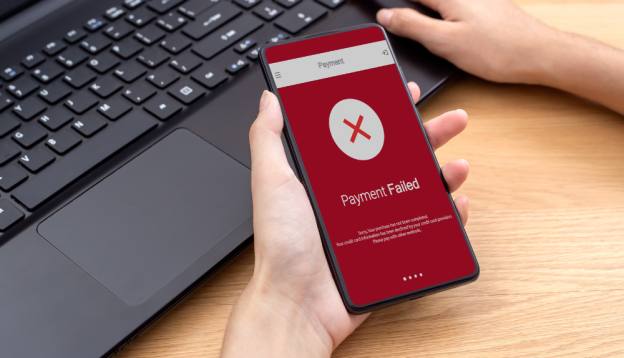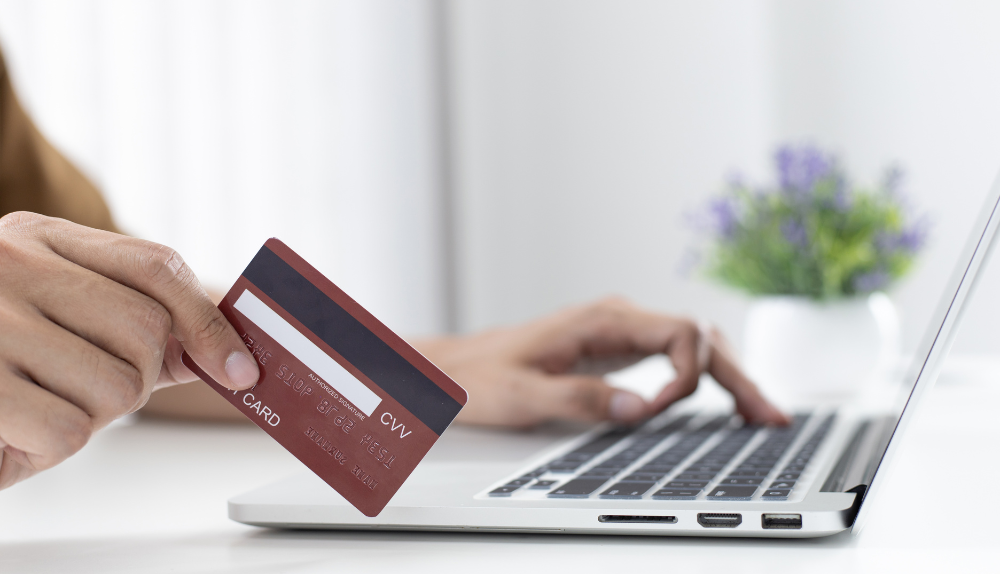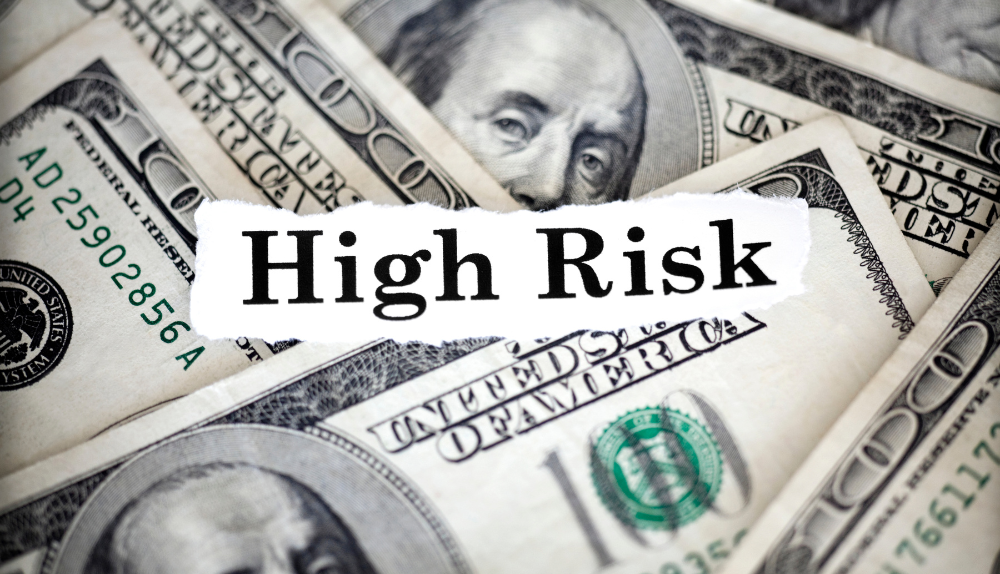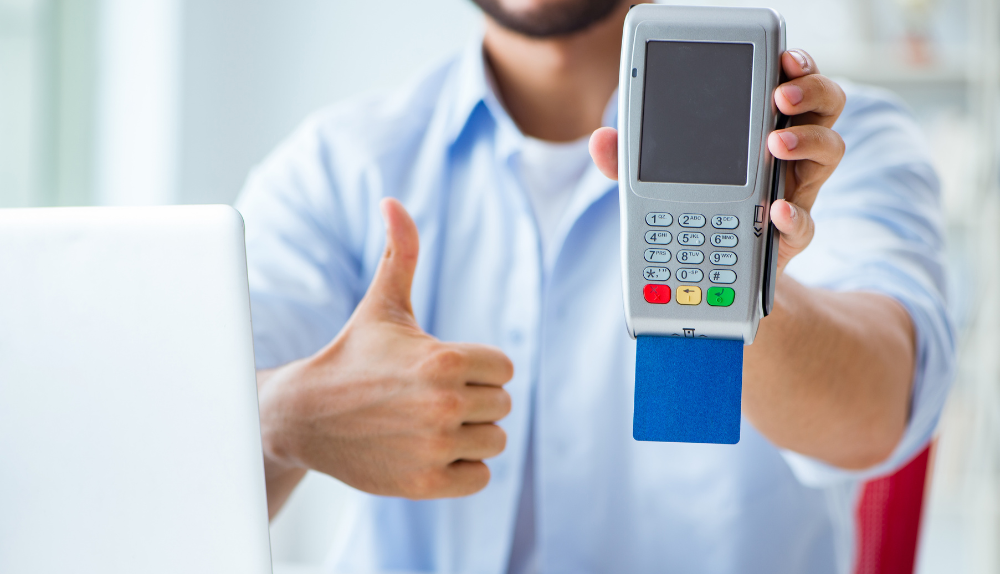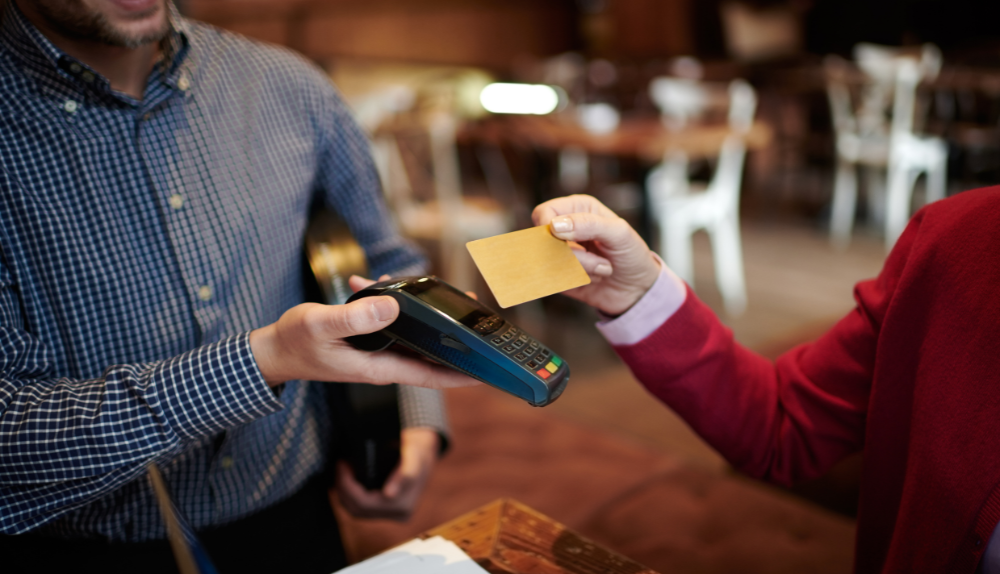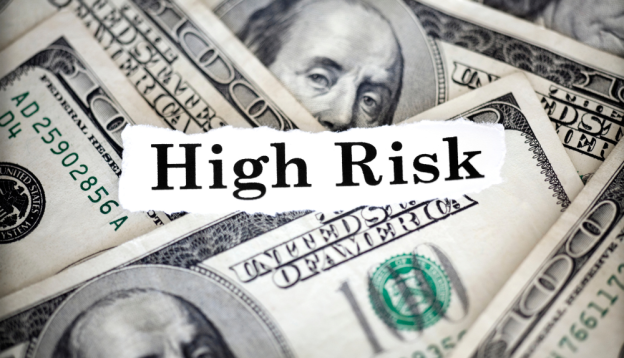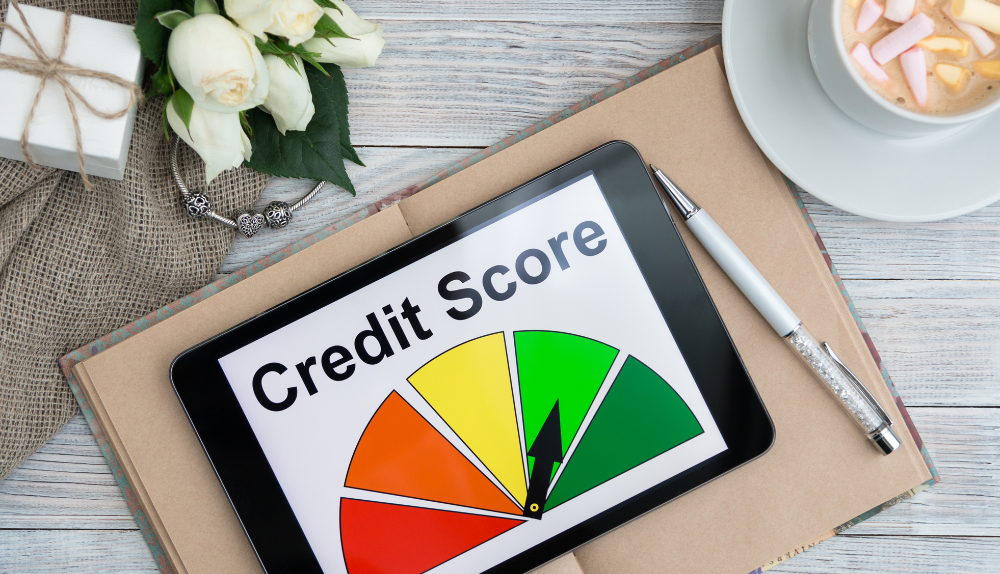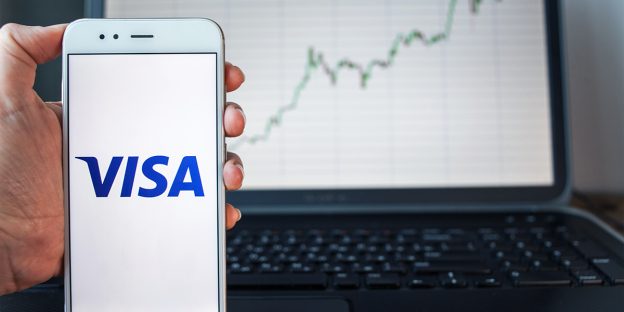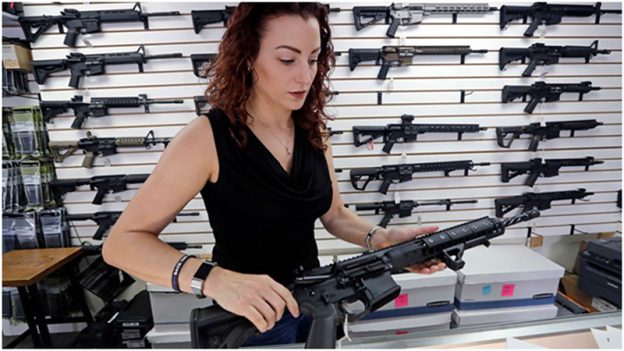Credit repair companies play a crucial role in helping individuals improve their credit scores by resolving discrepancies and outdated information on their credit reports. To operate effectively, these companies require robust merchant services that can handle payments securely and efficiently. This guide provides an in-depth look at merchant services for credit repair companies, emphasizing how to select the right provider and the benefits of these services.
What are Merchant Services?

Merchant services are a broad category of financial services used by businesses to facilitate the acceptance and processing of electronic payments. These services include, but are not limited to, payment gateways, merchant accounts, point of sale (POS) systems, and the processing of transactions made via credit and debit cards, as well as electronic checks and mobile payments.
Why Do Credit Repair Companies Need Merchant Services?
Credit repair companies work with clients to correct errors and improve their credit reports, which can involve regular and sometimes sizable transactions. Here’s why reliable merchant services are indispensable for these companies:
Secure Transactions
Security is paramount in the financial industry. Merchant services provide encrypted and secure transaction processes that protect both the company and its clients from potential fraud and data breaches.
Compliance and Trust
Credit repair companies are subject to strict regulatory requirements, including compliance with the Payment Card Industry Data Security Standard (PCI DSS). Merchant services ensure that these companies meet these requirements, which helps in building trust with clients.
Efficiency and Scalability
With effective merchant services, credit repair companies can streamline their billing and payment processes, reducing administrative overhead and allowing for scalability. Automated payments, recurring billing, and efficient transaction processing are features that improve operational efficiency.
Broadened Payment Options
To be competitive and client-friendly, credit repair companies must offer multiple payment options. Merchant services enable these companies to accept various forms of payment, thereby enhancing customer convenience and satisfaction.
Improved Cash Flow
Merchant services facilitate faster processing of payments which helps in maintaining a healthy cash flow—a critical aspect for the sustainability of any business.
The Benefits of Merchant Services for Credit Repair Companies
Merchant services play a pivotal role in the operations of credit repair companies, offering streamlined solutions for payment processing that can significantly enhance their business efficiency and client satisfaction. Here, we explore the key benefits of integrating merchant services into the business model of a credit repair company.
1. Enhanced Payment Flexibility
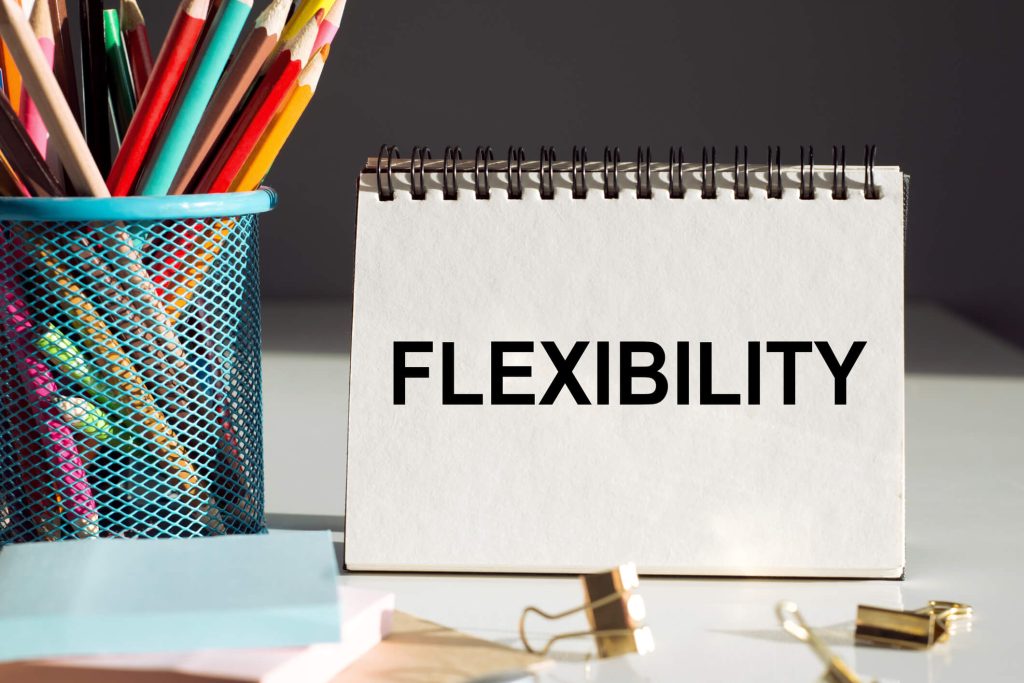
Credit repair companies often handle sensitive financial transactions. By incorporating merchant services, these companies can offer a variety of payment options including credit cards, debit cards, and electronic bank transfers. This flexibility makes it easier for clients to engage with services, ensuring accessibility for those who may not prefer to use cash or checks. The ability to accept multiple forms of payment can expand the customer base and increase the likelihood of prompt payments.
2. Improved Cash Flow
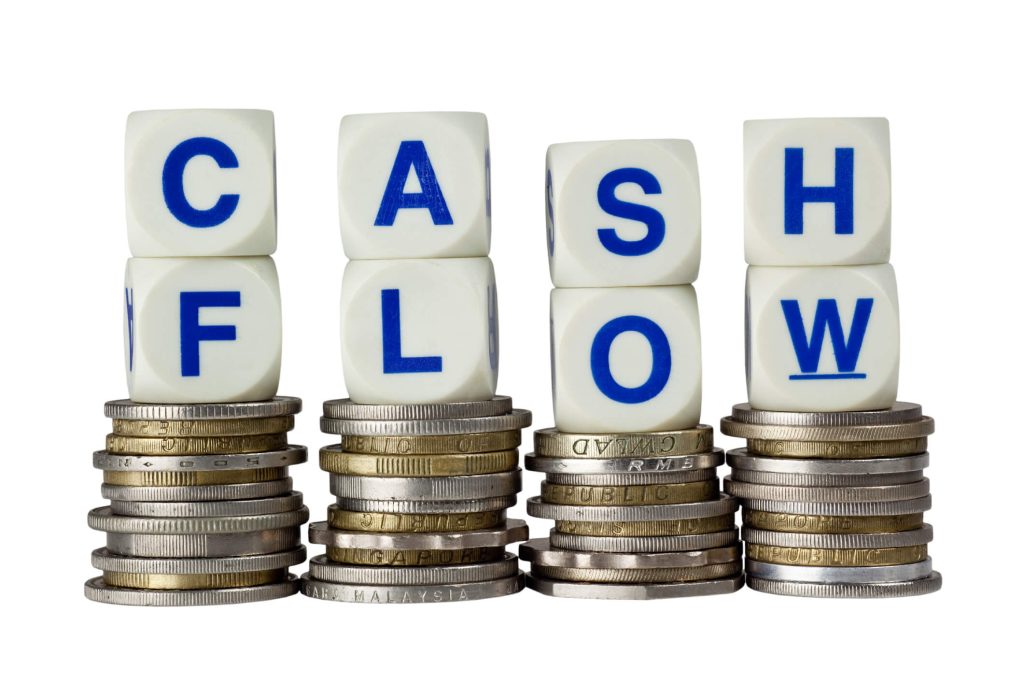
Quick and efficient payment processing is crucial for maintaining a healthy cash flow in any business. Merchant services streamline the payment process, reducing the time between invoicing and receipt of funds. This swift transaction processing helps credit repair companies manage their operating expenses more efficiently and reduces the uncertainty of payment timings.
3. Enhanced Security
Handling financial data comes with the need for high security due to the sensitive nature of the information involved. Merchant services provide advanced security measures to protect against fraud and unauthorized transactions. Encryption and compliance with standards such as PCI DSS (Payment Card Industry Data Security Standard) help safeguard client information and build trust.
4. Automated Billing and Reconciliation
Merchant services often come with tools that automate the billing and reconciliation processes. This automation reduces the administrative burden on staff, allowing them to focus more on client services rather than manual accounting tasks. Automated systems also reduce errors associated with manual data entry and improve the accuracy of financial records.
5. Professional Image and Credibility
Offering secure and versatile payment options not only enhances convenience but also helps in building a professional image. Credit repair companies that utilize modern payment technologies are often perceived as more credible and trustworthy by clients. This perception can be a significant competitive advantage in an industry where trust is a critical factor.
6. Access to Advanced Analytical Tools
Many merchant service providers offer analytical tools that help businesses track and manage financial transactions. These tools provide valuable insights into payment trends, customer behavior, and business performance. Credit repair companies can use this data to make informed decisions about their services, marketing strategies, and more, leading to better business outcomes.
7. Customer Satisfaction and Retention
The convenience and security of modern payment options can significantly enhance customer satisfaction. Satisfied customers are more likely to be loyal and recommend the service to others, which is invaluable for business growth, especially in service-oriented sectors like credit repair.
How to Find the Best Payment Processor for Credit Repair Companies
For credit repair companies, choosing the right payment processor is essential for ensuring smooth, secure, and efficient financial transactions. This decision impacts not only day-to-day operations but also the overall client experience and trust. Here’s a comprehensive guide to finding the best payment processor for your credit repair business.
1. Understand Your Business Needs
Before you start looking for a payment processor, assess the specific needs of your business. This includes understanding the average transaction volume, the typical payment methods your clients prefer, and any specific regulatory requirements unique to the credit repair industry. Knowing what you need will help you filter out processors that don’t align with your business requirements.
2. Look for Industry Experience
Choose a payment processor with experience in the credit repair sector or similar industries. Such processors are more likely to understand the complexities and regulatory challenges specific to credit repair, including issues like higher chargeback rates and dispute management. Experienced processors can also provide tailored solutions that address these unique needs effectively.
3. Examine Security and Compliance
Security is paramount, especially when handling sensitive financial data. Ensure that the payment processor adheres to strict security standards, such as PCI DSS compliance, and uses up-to-date technology like encryption, tokenization, and secure hardware for data protection. Also, check for features that help mitigate fraud and safeguard both your business and your clients’ information.
4. Assess Integration Capabilities
The best payment processor should seamlessly integrate with your existing systems, such as CRM software, accounting platforms, and other business management tools. Smooth integration enhances efficiency and helps maintain accurate financial records, reducing the likelihood of errors and improving overall operational workflow.
5. Evaluate Pricing Transparency
Understanding the cost structure of payment processing services is crucial. Look for processors that offer clear, straightforward pricing without hidden fees. Transparent pricing structures make it easier to plan your finances and ensure there are no surprises in your billing.
6. Consider Scalability
As your business grows, your processing needs will likely change. It’s important to select a payment processor that can scale with your growth. This includes being able to handle a larger volume of transactions, providing additional payment options, and supporting new technologies as they become available.
7. Check Reviews and References
Research what other customers are saying about potential processors, especially those in the credit repair industry. Online reviews, case studies, and testimonials can provide insights into the processor’s reliability, customer service quality, and ease of use. Don’t hesitate to contact other businesses directly for their feedback.
8. Test Customer Support
Effective customer support is critical, particularly when dealing with financial transactions. Before making a final decision, test the responsiveness and helpfulness of the payment processor’s customer support team. Ensure they are available through multiple channels and can provide timely assistance when needed.
9. Negotiate Terms
Once you’ve found a payment processor that meets your criteria, don’t be afraid to negotiate the terms of your service agreement. This might include better rates, especially if you have a high volume of transactions, or more favorable contract terms to suit your business model.
Setting Up Merchant Services for Your Credit Repair Company
Setting up merchant services for your credit repair company involves several critical steps that can enhance your ability to process payments efficiently and securely. Here’s a detailed guide on how to establish merchant services for your business, ensuring you meet the specific needs of the credit repair industry.
Understanding the Application Process for Merchant Services
The application process for merchant services typically involves several steps. Firstly, credit repair companies need to gather the necessary documentation, which may include business licenses, tax identification numbers, and financial statements. These documents are required to verify the legitimacy and financial stability of the business.
Next, credit repair companies need to complete an application form provided by the merchant services provider. This form will require information about the business, such as its legal structure, ownership details, and estimated transaction volume. It is important to provide accurate and detailed information to ensure a smooth application process.
Once the application is submitted, the merchant services provider will review the information and may conduct a background check on the business and its owners. This is done to assess the risk associated with providing merchant services to the credit repair company.
If the application is approved, the merchant services provider will provide the necessary equipment or software to process payments. This may include credit card terminals, virtual terminals, or payment gateways for online transactions. The provider will also assist in setting up the necessary accounts and integrations to ensure a seamless payment process.
Essential Features to Look for in Merchant Services for Credit Repair Companies
When choosing merchant services for your credit repair company, there are several essential features to look for. Firstly, ensure that the provider offers secure payment processing with encryption and fraud prevention measures. This will protect your clients’ payment information and reduce the risk of data breaches.
Secondly, consider the provider’s payment gateway options. A payment gateway is a software application that connects your website or software to the merchant services provider, allowing you to accept online payments. Look for a provider that offers a user-friendly and customizable payment gateway that integrates seamlessly with your existing systems.
Additionally, consider the provider’s reporting and analytics capabilities. The ability to track and analyze payment trends, customer behavior, and other key metrics can provide valuable insights for your credit repair business. Look for a provider that offers robust reporting tools and customizable analytics dashboards.
Integrating Merchant Services into Your Credit Repair Company’s Operations
Integrating merchant services into your credit repair company’s operations is essential for a seamless payment process. Firstly, ensure that your website or software is integrated with the payment gateway provided by your merchant services provider. This will allow your clients to make payments online easily.
Secondly, train your staff on how to use the merchant services equipment or software effectively. This includes understanding how to process payments, issue refunds, and handle any payment-related issues that may arise. A well-trained staff will ensure a smooth payment process and provide excellent customer service.
Furthermore, consider implementing automated payment reminders and recurring billing options. This can help reduce the risk of late or missed payments and improve cash flow for your credit repair business. Work with your merchant services provider to set up these features and customize them to suit your specific needs.
Frequently Asked Questions
Q.1: What are the typical fees associated with merchant services for credit repair companies?
Answer: The fees associated with merchant services for credit repair companies can vary depending on the provider and the specific services required. Common fees include transaction fees, which are charged for each payment processed, and monthly fees, which cover the cost of maintaining the merchant services account. Additionally, there may be setup fees, equipment fees, and chargeback fees. It is important to review the fee structure of different providers and compare them to ensure you are getting the best value for your money.
Q.2: Can credit repair companies accept credit card payments without merchant services?
Answer: No, credit repair companies cannot accept credit card payments without merchant services. Merchant services provide the necessary infrastructure and technology to securely process credit card payments. Without merchant services, credit repair companies would not be able to accept credit card payments, limiting their payment options and potentially hindering their business growth.
Q.3: How long does it take to set up merchant services for a credit repair company?
Answer: The time it takes to set up merchant services for a credit repair company can vary depending on the provider and the complexity of the application process. In general, it can take anywhere from a few days to a few weeks to complete the application, undergo the necessary background checks, and receive the equipment or software required. It is advisable to start the application process well in advance to ensure a smooth setup and minimize any disruptions to your business operations.
Q.4: Are there any legal considerations when using merchant services for credit repair?
Answer: Yes, there are legal considerations when using merchant services for credit repair. Credit repair companies must comply with applicable laws and regulations, such as the Fair Credit Reporting Act (FCRA) and the Credit Repair Organizations Act (CROA). These laws govern the credit repair industry and aim to protect consumers from fraudulent or deceptive practices. It is important for credit repair companies to familiarize themselves with these laws and ensure that their merchant services provider also complies with them.
Q.5: Can merchant services help credit repair companies improve their cash flow?
Answer: Yes, merchant services can help credit repair companies improve their cash flow. By streamlining the payment process and offering convenient payment options, credit repair companies can receive payments more quickly and efficiently. This reduces the risk of late or missed payments and improves the overall cash flow of the business. Additionally, features such as automated payment reminders and recurring billing can further enhance cash flow by reducing the administrative burden of managing payments.
Conclusion
In conclusion, merchant services play a crucial role in the success of credit repair companies. By understanding the importance of these services, choosing the right provider, and setting up merchant services effectively, credit repair businesses can streamline their operations and provide convenient payment options to their clients. With the right merchant services in place, credit repair companies can focus on their core mission of helping individuals improve their credit scores and financial well-being.
